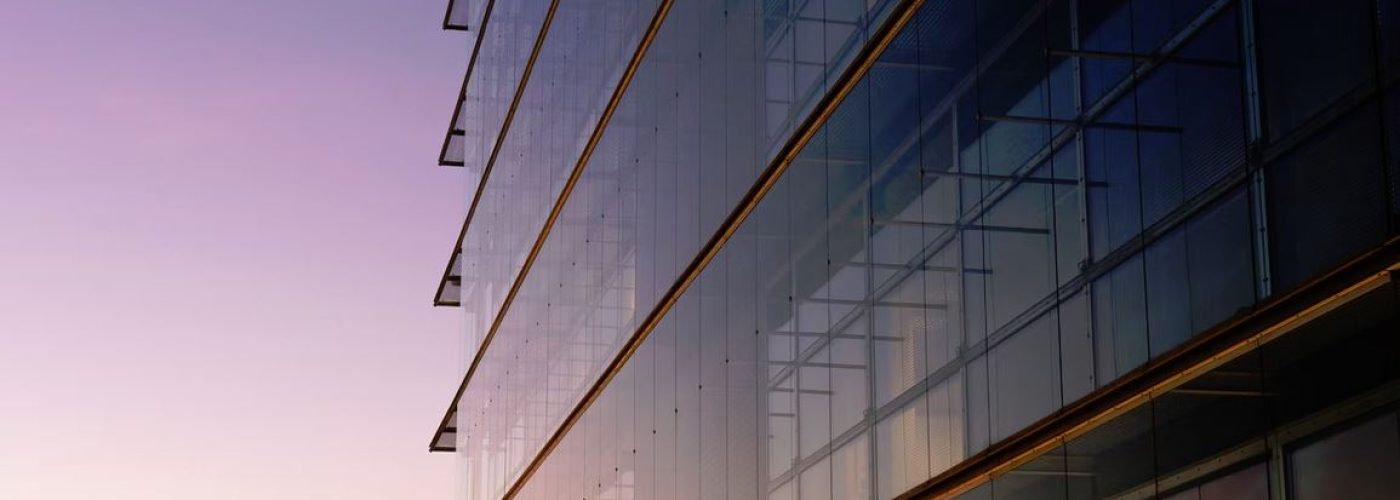When you think about sustainable living, you probably imagine the benefits of going green, like sticking to a zero-waste lifestyle or ditching the car for public transportation. However, did you know that your home plays an equally important role in preserving the environment?
There are many ways to ensure that your building is environmentally safe and livable for years to come. As a landlord, it is your responsibility to maintain certain standards in every apartment, townhouse, or single-family home.
So whether you are renting out one building or an entire complex, here are a few ways to keep your residents – and the planet – safe and green.
#1 Reduce Indoor Air Pollution
Indoor air pollution is a serious health problem. The EPA – Environmental Protection Agency – estimates that indoor air pollutants are at least one-fourth as prevalent as outdoor pollutants and are present in every home, school, and workplace. Indoor air pollution can come from many sources. These include radon gas seeping out of the foundation, mold and dust mites found in carpets and upholstered furniture, and volatile organic compounds (VOCs) emitted by paints or cleaning products.
Fortunately, as a building owner or manager, you can prevent indoor air pollution or at least reduce it to some extent.
Use non-toxic materials whenever possible when making repairs or redecorating areas of the building. This includes all the paints used for painting walls or ceilings, flooring materials, adhesives like contact cement, etc. Avoiding the use of toxic chemicals is a sure-to-succeed way to reducing indoor air pollution.
#2 Ensure Proper Ventilation
Proper ventilation is an integral part of the HVAC system. It helps clean the air in a building and avoid adverse health effects from exposure to contaminants such as mold, pollen, and dust mites. A properly designed ventilation system should provide enough outdoor air so that it can be delivered uniformly throughout all occupied spaces in your building.
In addition to reducing contaminants, adequate ventilation also lowers humidity levels in your building which reduces energy consumption by increasing the efficiency of cooling equipment.
#3 Look for Pesticides and Toxins in Drinking Water
Toxins can enter our drinking water, which comes from two sources – surface water and groundwater.
Surface water includes lakes, rivers, and streams. Groundwater, on the other hand, is found beneath the surface of soil or rock. Contamination can occur at any point along these routes. These include industrial runoff entering a river and pesticides seeping into the soil from farms miles away from your home.
How do you know if there are contaminants in your home’s drinking water?
The easiest way to find out is by requesting an annual test kit from your municipality (or state). Otherwise, pay attention to any signs that suggest something is wrong with your tap. These signs include stains on fixtures, discoloration in faucets/taps, and foul odors coming out of taps when turned on.
You can also take legal action if you feel a nearby industry or business is affecting a public water supply. The success of the Camp Lejeune Water Contamination Lawsuit shows how willing the US government is at the moment to ensure safe and sustainable living conditions for its citizens. Thus, wherever necessary, taking legal action is always an option.
#4 Ensure Sufficient Natural Lighting
Natural lighting is vital for both your health and the environment. Natural lighting has been proven to increase productivity, reduce stress, and improve mood. That is why it is crucial to make sure that your building has plenty of natural light.
You can achieve this by opening up windows or adding skylights to the ceiling. If you do not have enough natural light in your home, install solar panels on the roof that will generate enough electricity for most appliances (including lighting needs). Much of this planning should be done before the construction of your building. Otherwise, it becomes nearly impossible to incorporate all these changes down the line.
#5 Be Careful with Lead paint
Lead paint is a common health hazard, especially for children. It is a concern in older buildings and may be present in apartments, homes, schools, and workplaces.
For people with young children or those who are pregnant, it is best to avoid living in an apartment that was built before 1978. That was when lead was banned from being used as an ingredient in paints.
Make sure to test your home for lead before letting tenants in. You can also test the house yourself by taking samples of dust from floors with a vacuum cleaner bag. If there is lead on these surfaces, it will show up when you shake out the bag outside or on a newspaper inside the house.
Sustainable living in an urban setting is difficult to ensure. However, keeping these points in mind will surely help you in this regard.





